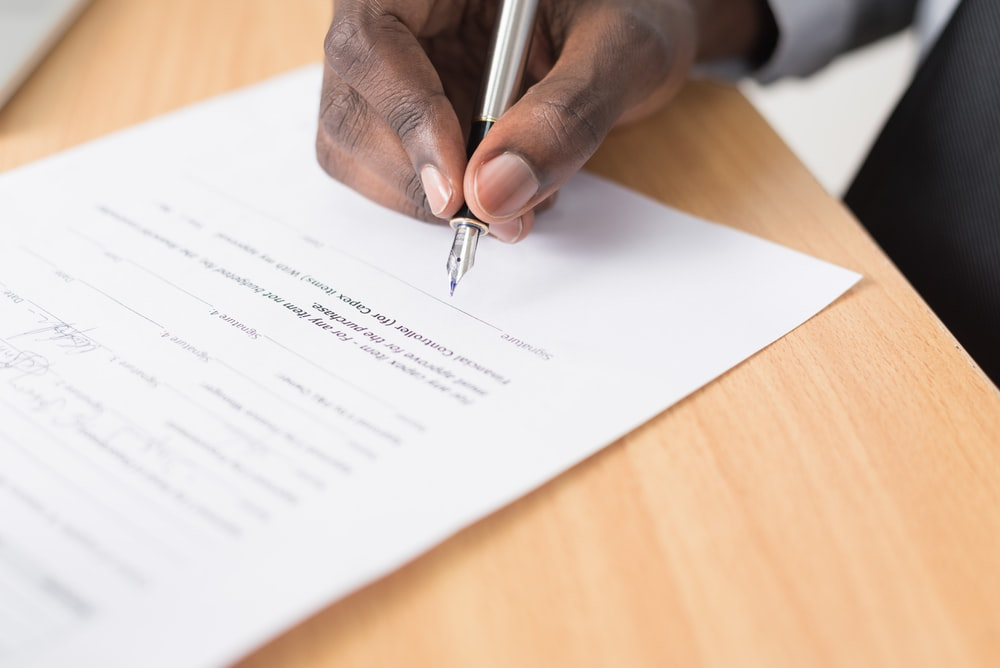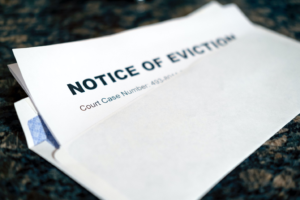A tenancy reaching the end of its term is no exception to the rule that all good things must come to an end. Tenants must first complete the procedure of leaving their current residence before their next move.
Here’s everything a tenant needs to know about moving out and properly surrendering their tenancy so that their landlord can conduct the check-out in a timely manner to ensure the relationship is properly concluded and they part on good terms.
Gather All of Your Tenancy Paperwork
Ensure you have all of the essential documentation, including a copy of your rental agreement, on hand. If you need to refer to the agreement, move-in inventory, or deposit certificate during the moving-out stage, it’s a good idea to keep these on hand. If you lose the paperwork, your landlord may be able to provide you with a copy.
Clean the Property
When a tenant moves out, most ASTs (Assured Shorthold Tenancy) stipulate that the property must be returned in the same condition as when it was first taken, once fair wear and tear has been factored in.
The most common area for dispute is the standard of cleaning in which the tenants leave the property. You can clean the house yourself or engage a professional end-of-tenancy cleaning service. Whilst you are not obligated to engage a professional end-of-tenancy cleaning, this does not allow for the closing condition to be substandard as this may pave the way for legitimate deductions from the deposit.
Return all of the keys, attend to the garden if it formed part of your obligations under the terms of the agreement and make good on any modifications to the décor, among other things, so it’s a good idea to communicate with your landlord early on so that you’re both on the same page when the big day arrives.
Inventory Control and Check-Out
Your landlord or agent reviews all the things that were there when you checked in. They will confirm that you returned the property in the same condition as when you moved in, barring fair wear and tear.
They will check that all rental furniture, white goods, and appliances are still present and functional. You do not need to be present at check-out but it can be useful and avoid any disputes over the interpretation of the property’s condition.
The comparison of the inventories will determine whether you’ll get your deposit back in full or whether your landlord can claim claim some or all of it to make up for any shortfalls in the rent account or there is a need to remedy any defects in the condition of the property.
Receive a Refund of Your Deposit
Your deposit will be returned should be returned to you within ten days after checking out by your landlord or rental agent. If the property is in good shape, your rental account is up-to-date, and all keys have been returned, you will receive your entire deposit back. It is therefore essential that you engage fully with your landlord and/or their agent during this procedure.
Any claim for deductions should be communicated and demonstrated so that you have the option to respond robustly. In the event of a dispute which cannot be resolved between you then procedures are available via the tenancy scheme to find a resolution.
If you’re a landlord who is in a dispute with a tenant over the check-out procedure and want to claim from the deposit then look no further than Landlord Assist. We offer cost-effective and reliable tenant eviction services Kent and dispute resolution services to help you conclude the relationship with your tenant. If things are not going to plan and have taken a turn for the worse, which requires formal enforcement activity then let us serve your Section 8 notices and Section 21 notices
Get in touch with us today to learn more about how our services can benefit you.







